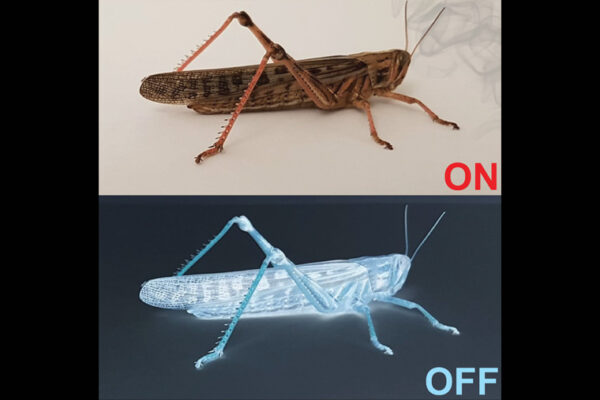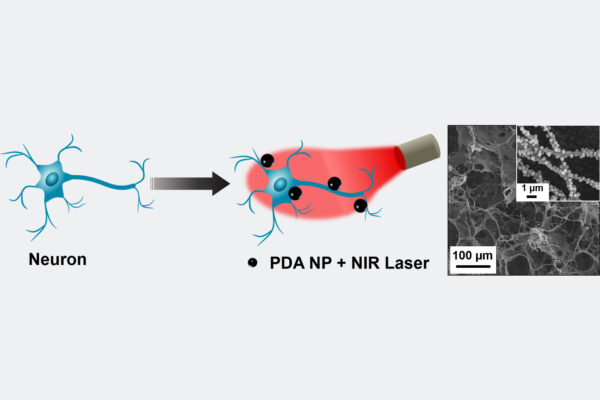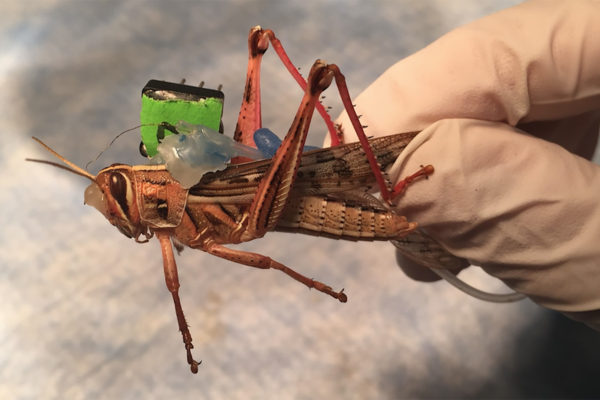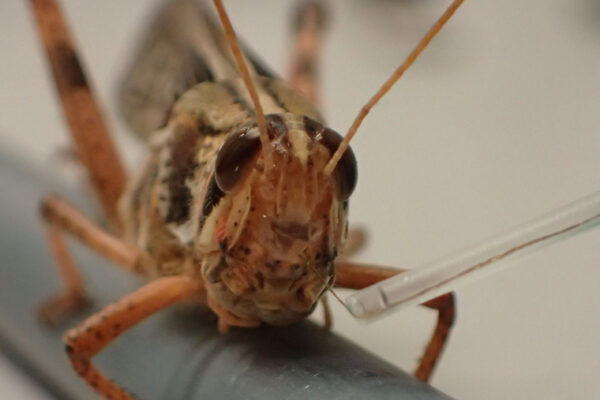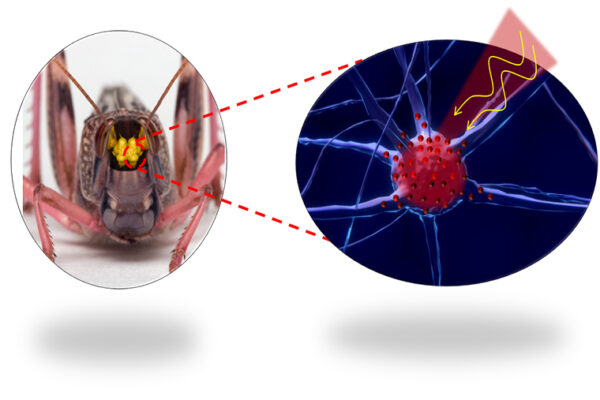Raman’s research interests include computational and systems neuroscience, pattern recognition, sensor-based machine olfaction and bio-inspired intelligent systems.
His research combines theoretical and electrophysiological approaches to study how brain processes complex sensory signals (especially the olfactory cues), and to identify fundamental principles of neural computation. In parallel, he is also involved with the development of novel neuromorphic devices (such as an ‘electronic nose’) and algorithms that have potential applications in biomedical, homeland security, robotics and human computer interaction domains.
Barani Raman and his lab at the McKelvey School of Engineering studied the behavior of the locusts and how the neurons in their brains responded to appealing and unappealing odors to learn more about how the brain encodes for preferences and how it learns.
Research from the lab of Barani Raman finds in locusts that the presence of smell can be determined by simply adding and subtracting the presence of certain neurons.
Srikanth Singamaneni and Barani Raman in the McKelvey School of Engineering developed technology to use nanoparticles to heat, manipulate cells in the brain and heart.
The Office of Naval Research is funding research at the McKelvey School of Engineering to put cyborg locusts’ sense of smell to the test.
One locust is harmless, a swarm can be devastating. A new multi-institutional, multi-disciplinary project involving a researcher at Washington University in St. Louis aims to understand how swarms arise — and how to combat them.
Research from the McKelvey School of Engineering at Washington University in St. Louis has determined that locusts can smell explosives and determine where the smells originated — an important step in engineering cyborg bomb-sniffing locusts.
Engineers from the McKelvey School of Engineering want to know if they can use nanotechnology to control neurons and parse the relationship between neural activity and behavior and disease.


